Study on gene expression in stomach at different developmental stages of human embryos
- PMID: 40519260
- PMCID: PMC12162658
- DOI: 10.3389/fcell.2025.1564789
Study on gene expression in stomach at different developmental stages of human embryos
Abstract
Background: The proper development of embryonic stomach in human is essential for the functionality of the adult stomach. However, the key genes, biological processes, and signaling pathways that influence stomach development in human embryogenesis are not yet fully understood.
Methods: In this study, stomach samples were obtained from human embryos at developmental stages ranging from two to seven months. Through transcriptomic sequencing, we identified the differentially expressed genes and enrichment processes in the stomach at various developmental phases.
Results: The results of this study indicate that genes associated with embryonic organ morphogenesis, digestive tract development, and gastric acid secretion displayed elevated expression during the early developmental stages. Additionally, a number of genes linked to cilium assembly and organization, peptide and hormone secretion and transportation, and immune response, showed increased expression during stomach maturation. Our findings elucidate that both the morphological and functional aspects of the stomach develop during the early stages of embryonic development. As gastric development, the stomach progressively acquires additional functions. This research provides insights into the intricate regulatory networks among the genes involved in embryonic digestive tract development, digestion and embryonic organ morphogenesis. Therefore, the formation of human embryonic stomach necessitates the synergistic regulation of a plethora of genes. Notably, this study not only identified traditionally recognized genes but also revealed many previously uncharacterized genes that play potential roles in stomach development and its functions.
Conclusion: These findings establish a crucial basis for future studies on stomach development and the disorders arising from fetal stomach abnormalities.
Keywords: development; gene expression; human embryos; stomachs; transcriptomic sequencing.
Copyright © 2025 Guan, Lu, Zhang, Ding, Liu, Yang, Wang, Shi and Feng.
Conflict of interest statement
The authors declare that the research was conducted in the absence of any commercial or financial relationships that could be construed as a potential conflict of interest.
Figures
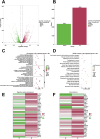
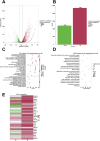
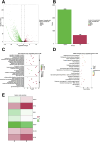
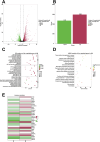
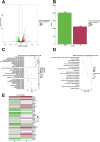
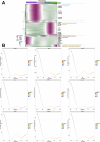

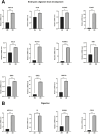
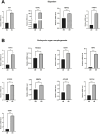
Similar articles
-
Study on gene expression in the liver at various developmental stages of human embryos.Front Cell Dev Biol. 2025 Jan 8;12:1515524. doi: 10.3389/fcell.2024.1515524. eCollection 2024. Front Cell Dev Biol. 2025. PMID: 39845086 Free PMC article.
-
RNA-sequencing of the sturgeon Acipenser baeri provides insights into expression dynamics of morphogenic differentiation and developmental regulatory genes in early versus late developmental stages.BMC Genomics. 2016 Aug 8;17:564. doi: 10.1186/s12864-016-2839-3. BMC Genomics. 2016. PMID: 27502271 Free PMC article.
-
Comparative developmental genomics of sex-biased gene expression in early embryogenesis across mammals.Biol Sex Differ. 2023 May 19;14(1):30. doi: 10.1186/s13293-023-00520-z. Biol Sex Differ. 2023. PMID: 37208698 Free PMC article.
-
Mechanisms of embryonic stomach development.Semin Cell Dev Biol. 2017 Jun;66:36-42. doi: 10.1016/j.semcdb.2017.02.004. Epub 2017 Feb 24. Semin Cell Dev Biol. 2017. PMID: 28238948 Free PMC article. Review.
-
Genome activation in bovine embryos: review of the literature and new insights from RNA sequencing experiments.Anim Reprod Sci. 2014 Sep;149(1-2):46-58. doi: 10.1016/j.anireprosci.2014.05.016. Epub 2014 Jun 6. Anim Reprod Sci. 2014. PMID: 24975847 Review.
References
LinkOut - more resources
Full Text Sources
Research Materials

